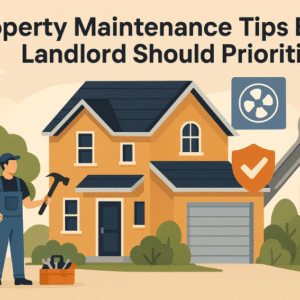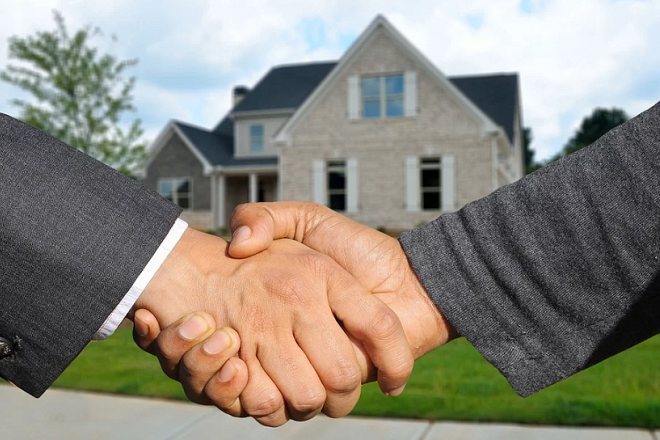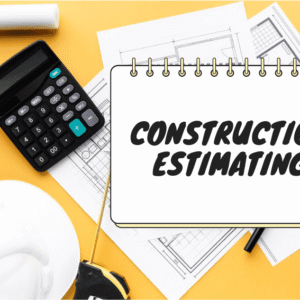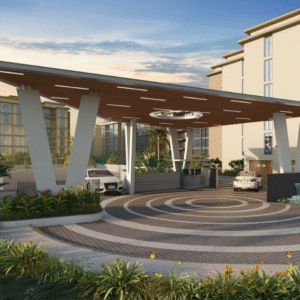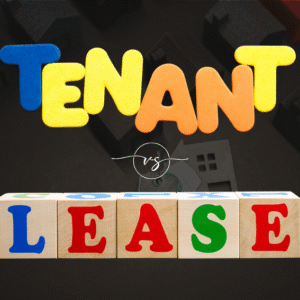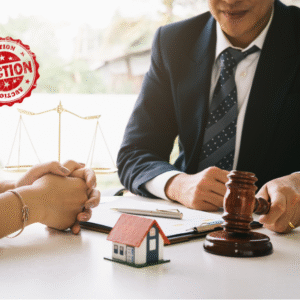Building your home is a great investment, and the smartest thing you can ever do is choose the ideal building material. There are many building materials to choose from, so everything gets confusing. This article is going to make it easier, so that your home not only looks great but also lasts a long time, saves energy, and saves your pocket too.
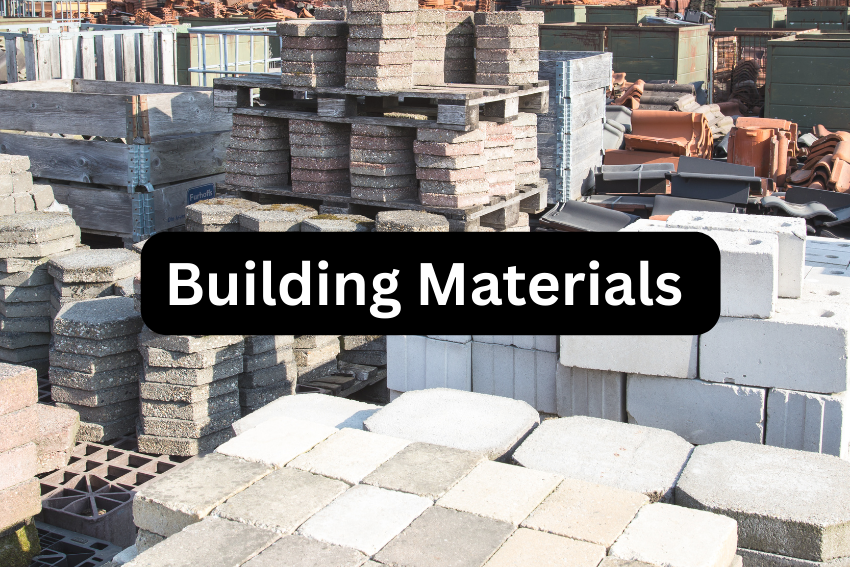
What is the Best Material to Construct Your Home?
The ideal material to build your home with is the most suitable one according to your choice, surroundings, and budget constraints. It should be strong, beautiful, environment-friendly, and tough enough to bear the challenge of time. Utilization of the best material to build your home depends upon its various parameters, like site, climate, cost, and category of your home.
The options available for building materials can vary from the old, i.e., wood, stone, and brick, to the new, green materials such as recycled steel and bamboo. The aim should be to contrast the pros and cons of the building materials in a bid to make an informed choice.
Classical Home Construction Materials
The classical construction materials have been in existence for centuries, giving homes protection, beauty, and durability. In this part, we will discuss the pros and cons of such timeless building materials and their best uses, presenting you with more insights on why they remain so well-liked.
Wood: The Timeless Natural Choice
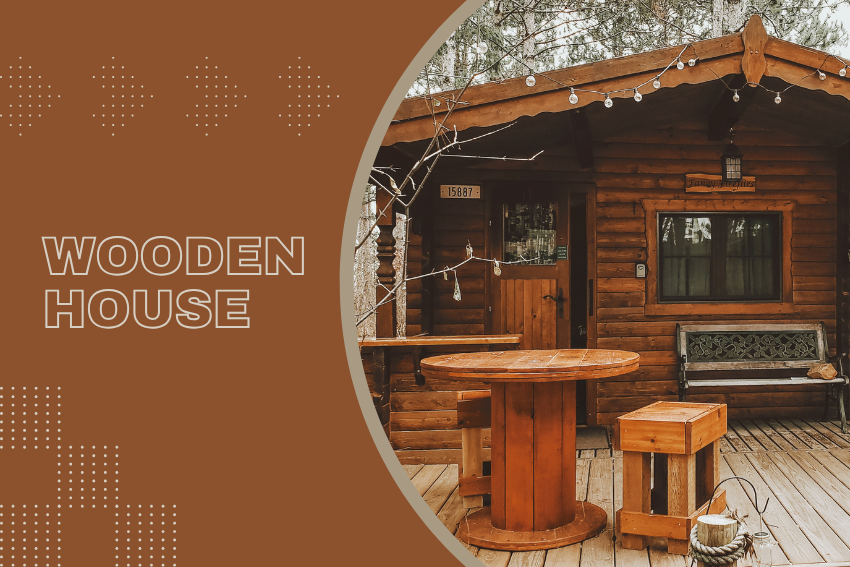
Wood has been employed as a construction material for ages because it is organic, pliable, and looks great.
Benefits:
- It is a renewable material, and thus an environmental one when harvested sustainably.
- Wood is naturally a good insulator and maintains comfortable interior temperatures, which is a type of energy saving.
Limitations:
- It is insect-infested with insects such as termites and structurally seriously weakened if it isn’t treated.
- Wood does rot and gets knocked over in rainy weather, where it needs to be maintained. for example, by sealing, staining, or painting.
Wood remains a prime option for homeowners who would prefer to have a warm, traditional, or rustic look even with such drawbacks.
Uses:
- Areas with temperate climates.
- Rural, traditional, or log-cabin architecture.
- Eco-friendly constructors who demand the utilization of renewable resources.
Stone: The Strength and Sophistication Supreme
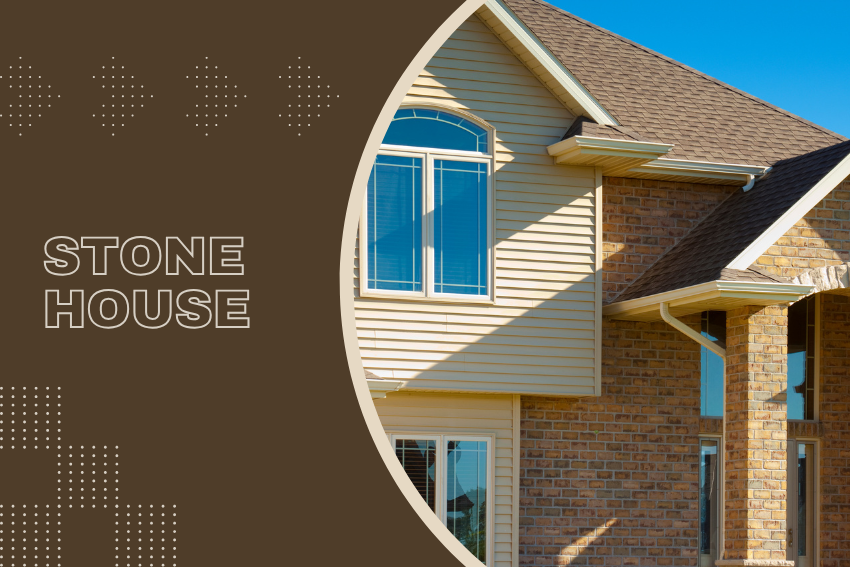
Stone has been one of the oldest materials used in building construction for centuries.
Strengths:
- It is highly valued for its high strength, fireproof nature, and natural appearance.
- The hundreds of years of lifespan of stone buildings with minimal upkeep and good long-term investment.
- Stone is very versatile because of availability of different stones, e.g., granite, limestone, and marble, have a specific look.
Limitations:
- Stone is hard to transport and install.
- One can cut and curve it, though not as versatile where there are design alterations such as in the case of other materials.
Uses:
- Mountain or hilly topography homes.
- Luxury or country home designs.
- Residents want maintenance-free, long-lasting homes.
Also Read – What is Stone Veneer?
Brick: The Classic Timeless Urban and Suburban Home Material
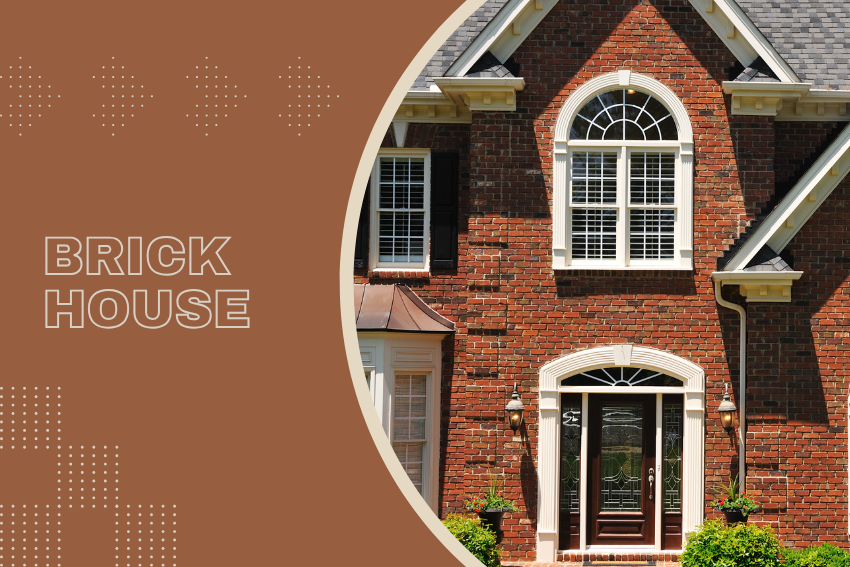
Bricks are fabricated from natural clay, which is baked in extremely hot temperatures to produce a long-term, hardy product.
Benefits:
- Brick continues to be in favor because of its strength and energy-conserving properties.
- Highly fire-resistant, a necessary security feature of any home.
- Brick thermal mass also keeps indoor temperatures level, making it an energy-efficient product.
Limitations:
- Brick is costly, though, as installing it is time-consuming and requires expert masons.
- Brick is timeless and gives a sophisticated look.
Uses:
- Urban and suburban subdivisions.
- Colonial, traditional, or Tudor-style architecture.
- Homeowners are looking for fire-resistant, low-maintenance material.
Concrete: Strength and Versatility Redefined
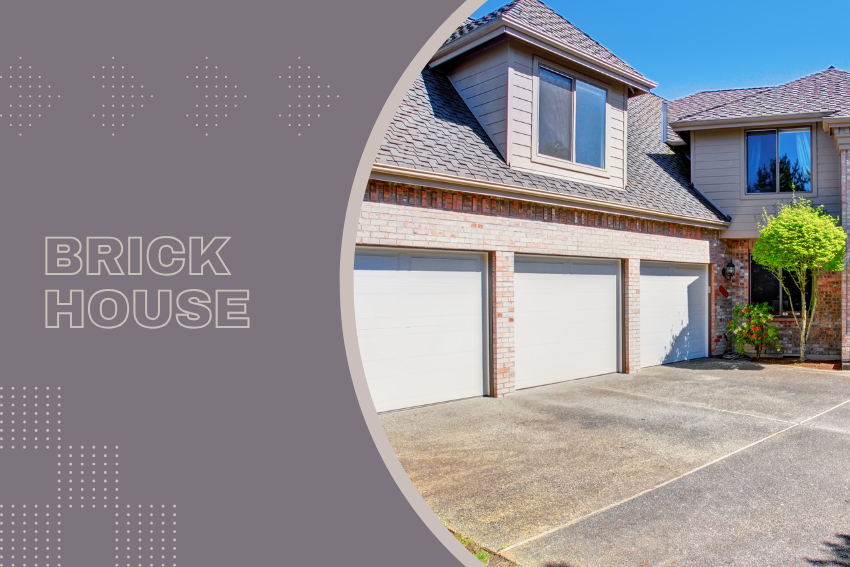
Concrete is produced when cement, sand, gravel, and water are combined to form a hardened, solid, rock-like material. Concrete can be shaped into any shape bestowed upon it and thus becomes extremely useful in the construction of several buildings.
Benefits:
- Concrete is a modern rendition of the ancient building material of unmatched toughness, durability, and fire retardancy.
- Concrete is very strong.
Limitations:
- It can develop cracks over time, particularly where temperature fluctuations are prevalent.
- Cement production (a key component of concrete) is extremely carbon-intensive, making it less eco-friendly.
While these factors are problems, though, concrete is still very prevalent for contemporary, industrial, and minimalist house designs.
Uses:
- Urban-style residences or those in disaster-prone areas.
- Industrial, modern, or minimalist styles.
- Homeowners who want a strong, low-maintenance product.
Energy-Efficient Home Building Materials
Energy-efficient building materials are used in contemporary construction since they can reduce energy consumption, decrease charges, and decrease environmental impacts. Such building materials differ from regular materials because they are tasked with heating a home, reducing heat loss, and increasing sustainability.
Insulated Concrete Forms (ICFs): Total Insulation and Durability
Insulated Concrete Forms, or ICFs, are the future of construction material that is made of two layers of rigid foam insulation arranged one above the other with reinforced concrete in between. The building becomes more thermally insulated, and therefore, ICFs are one of the most energy-efficient materials for building.
Benefits:
- Improved Insulation: Foam panels are extremely thick, so they prevent heat from passing inside, maintaining the indoor temperature warm at all times.
- Longevity: Reinforced concrete is stronger structurally; hence, ICF houses are strongly disaster-resistant, especially to hurricane- and earthquake-induced disasters.
Limitations:
- Higher Initial Cost: ICF installation costs are more than those of conventional materials.
- Professional Installation Required: Because of the nature of the system, professional contractors have to install the ICFs
Uses:
- Houses in cold climates are where energy efficiency is involved.
- New, energy-efficient houses look for enhanced insulation and strength in buildings.
- ICFs are the best solution for the homeowner to be an energy bill-saver, cosy, and disaster-proof.
Structural Insulated Panels (SIPs): Quick, Effective, and Environment-Friendly
Structural Insulated Panels or SIPs are made up of two oriented strand board (OSB) skins and foam core insulating material in between.SIPs are energy efficient, strong, and easy to install, thus widely utilised by green builders.
Benefits:
- Increased Energy Efficiency: The foam core is highly efficient and offers less heat loss.
- Strengthening: SIPs possess sufficient strength to endure harsh climatic conditions, and they can be used in any climate.
- Easy Installation: Prefabricated panels can be installed very quickly in a short period, and the time and money for labour will be saved.
Limitations:
- Increased Initial Cost: SIPs are costly because of the manufacturing process.
Uses:
- Energy-efficient, new homes are focused on sustainability.
- Homebuyers love quick and effective building.
Recycled Steel: Sustainability and Strength Integrated
Recycled steel is an extremely long-lasting and environmentally friendly building material that’s really popular these days. Recycled steel, in contrast to regular steel, has recycled metal in it, thus completely eliminating the impact of mining and degradation of ecosystems.
Benefits:
- Lasts to the Core: weather-resistant, durable, and fire-resistant.
- Environment Friendly: Steel recycling prevents it from draining into waste and conserves raw materials.
- Low Maintenance Cost: They are low or no maintenance and insect and rot-proof.
Limitations:
- Forced Rusting: Steel tends to rust unless where treated or properly maintained, especially where there is moisture content.
- High Initial Cost: Steel is costly as compared to most other materials, particularly where installations are to be created.
Uses:
- Industrial-home-inspired or contemporary homes.
- Areas with frequent instances of natural disasters, i.e., earthquake areas, tornado areas, or hurricane areas.
- Green homeowners love a durable, sustainable building material.
No alternative is as good as the homeowner who loves ruggedness, sustainability, and sleek, contemporary aesthetics.
Bamboo: Nature’s Fastest Renewable Resource
Bamboo is perhaps the most eco-friendly substance that may be utilised as it grows with minimal damage to the environment. They even referred to bamboo as “green steel” because of its very high strength to make it an excellent material for structure and decoration.
Benefits:
- Growing Very Rapidly: Bamboo is harvestable in 3-5 years, making it a very good renewable resource.
- Strong but Light: Stronger than steel but lighter
- Variable: It is a variable to use on walls, flooring, roofing, and decoration.
Limitations:
- Susceptible to Water and Termites: Green bamboo, when it is wet, is susceptible to insects, water, and mold.
- Needs Appropriate Treatment: Bamboo would need appropriate treatment for water so that it can live long enough.
Uses:
- Greenhouses for tropical or subtropical climatic regions.
- New homes with a green material emphasis.
- Homeowners who want an organic, rural, or bohemian look.
Bamboo is the perfect option for green builders who love to have a low-impact but highly aesthetic building product.
Things to Consider When Selecting a Building Product for Your Home
Choosing a building material for your residence is an important decision which will affect the life of the building, energy consumption, looks, and price. Looking outside is also important, but there are many other things that you have to consider besides that, so you can choose the best for your requirements.
The next section will discuss the most important things to remember while choosing building materials for your home.
Cost: Value vs. Budget
Cost is likely to be the largest issue when choosing building materials, yet it is not always a cost at initial purchase alone. To be properly advised, you should know something about the elements of cost:
- Initial Cost: Certain materials are highly expensive at the initial stage, but are worth it in the long run. Natural stone is one of those materials that are expensive at the initial stage but will last for decades with no or minimal maintenance. Wood is relatively cheaper at the initial stage, but turns out to be expensive because it requires continuous maintenance.
- Maintenance Cost: Home ownership comes with the usual maintenance that goes with it. Wood must be stained or sealed periodically, whereas brick doesn’t need that. It can help you make the right choice if you get an understanding of how much money and time you’d like to invest in maintenance.
- Installation Cost: Some building materials are expensive to install, and it will double your total cost. For instance, SIPs will be installed by experts, and it will be an additional cost. Material such as wood or bamboo will be less expensive and easier to install.
Suitability for Your Region: Climate and Natural Disasters
Local weather conditions contribute greatly to determining what to use in an attempt to build with. What is suitable for one locality can be entirely unsuitable for another.
- Climate Suitability: Choose building materials that can survive your region’s climate. Wood is inappropriate for rainy climates since it will rot, whereas concrete is ideal in severe weather conditions due to its strength and toughness.
- Natural Disaster Resistance: If geologically or naturally, you are exposed to natural disasters such as hurricanes, earthquakes, or wildfires, the material choice plays a greater role.
Reinforced concrete and recycled steel will suffice for earthquake country, and brick or stone for extreme wildfire risks.
Also Read – Sustainable Home Remodeling: Embrace Eco-Friendly Living
Availability: Accessibility and Sourcing
The availability of your chosen building materials has a significant impact on your cost and schedule for the project:
- Local Availability: Locally employed material will reduce transport costs, benefit the local economy, and reduce your carbon footprint. For example, locally available stone or timber may be cheaper than importing foreign material.
- Import Costs: Should you opt to utilize material that is not locally available in your area, you can pay for extra freight, which could give you a substantial amount of money to contribute to your costs. And delayed deliveries extend your construction period.
Logistics: Delivery and Installation
Consider the logistics of buying and using your chosen material.
- Delivery Viability: Make sure materials can easily be delivered to your building site. Large, heavy materials such as prefabricated panels or stone may require specialist equipment for safe delivery.
- Transport Costs: Big, heavy items are expensive to transport, so these need to be included when budgeting your project.
Sustainability: Greening an Eco-House
Nowadays, the agenda of the inhabitants of these areas is sustainability at its best. Your home can be downsized from carbon-starved by becoming green, saving money on bills, and ensuring healthier indoor air quality:
- Environmental Impact: Consider how your behavior impacts the globe. Utilizing such material as bamboo and recycled steel is a great notion—green, less energy to manufacture, and less waste generated during production.
- Energy Efficiency: Make your natural comfort. Try insulated concrete forms (ICFs) or structural insulated panels (SIPs) as a home insulation alternative. They reduce energy bills for heating and cooling, making your home warm all year round.
Aesthetics: Make your space look nice and yours.
Your home’s appearance is how you perceive taste, and the material used for construction will be part of creating the appearance you want:
- Design Style: Make sure what you use should be in your home’s style. Brick, for example, would be suitable for a classic home, and recycled steel would be suitable for an industrial-style, contemporary home.
- Color and Texture: Be attuned to color and texture. Natural materials like brick, stone, and wood create warmth and character, and highly shiny ones like steel and glass create a clean, modern appearance.
Durability: Building to Last
Top priority is longevity when you choose building materials. You’d prefer your home to be timeless with fewer replacements and repairs:
- Life Span: Bricks and stone will endure for centuries with little repair. Wood, at times, will need maintenance to maintain its appearance intact and sound.
- Weather Resistance: Make sure your material selection is weather-resistant sufficient enough to be able to withstand weather conditions in your area. For instance, steel will suit areas that get violent storms, and brick and stone are fire-resistant for areas which have occurrences of wildfires.
Final Thoughts: Making an Informed Choice
Selecting building materials for your home is not selecting that which is only beautiful. It is a decision that takes into consideration setting priority on cost, durability, sustainability, beauty, and function.
Through studying all these and learning how they impact your home, you can be assured that your home is not only beautiful but also long-lasting, energy-efficient, and cheap in the long term.
Take it slow and circle and have a look, consult with the experts, and spend money on what you need and what you can afford. Investing the time to get it right will have you glowing with pride in your home for many years to come.

